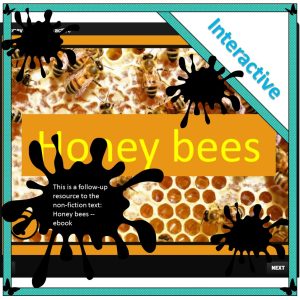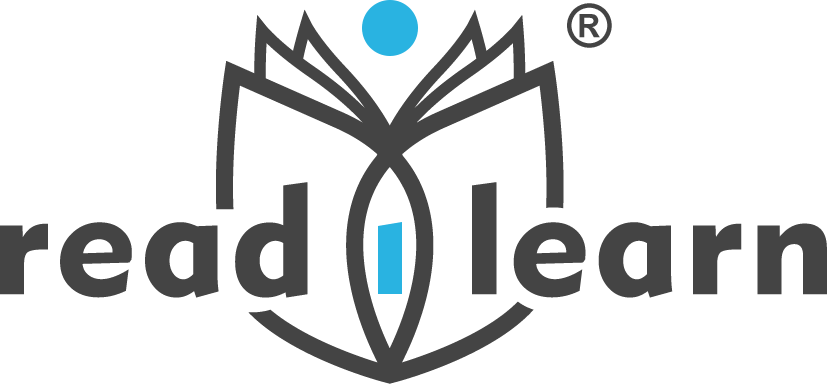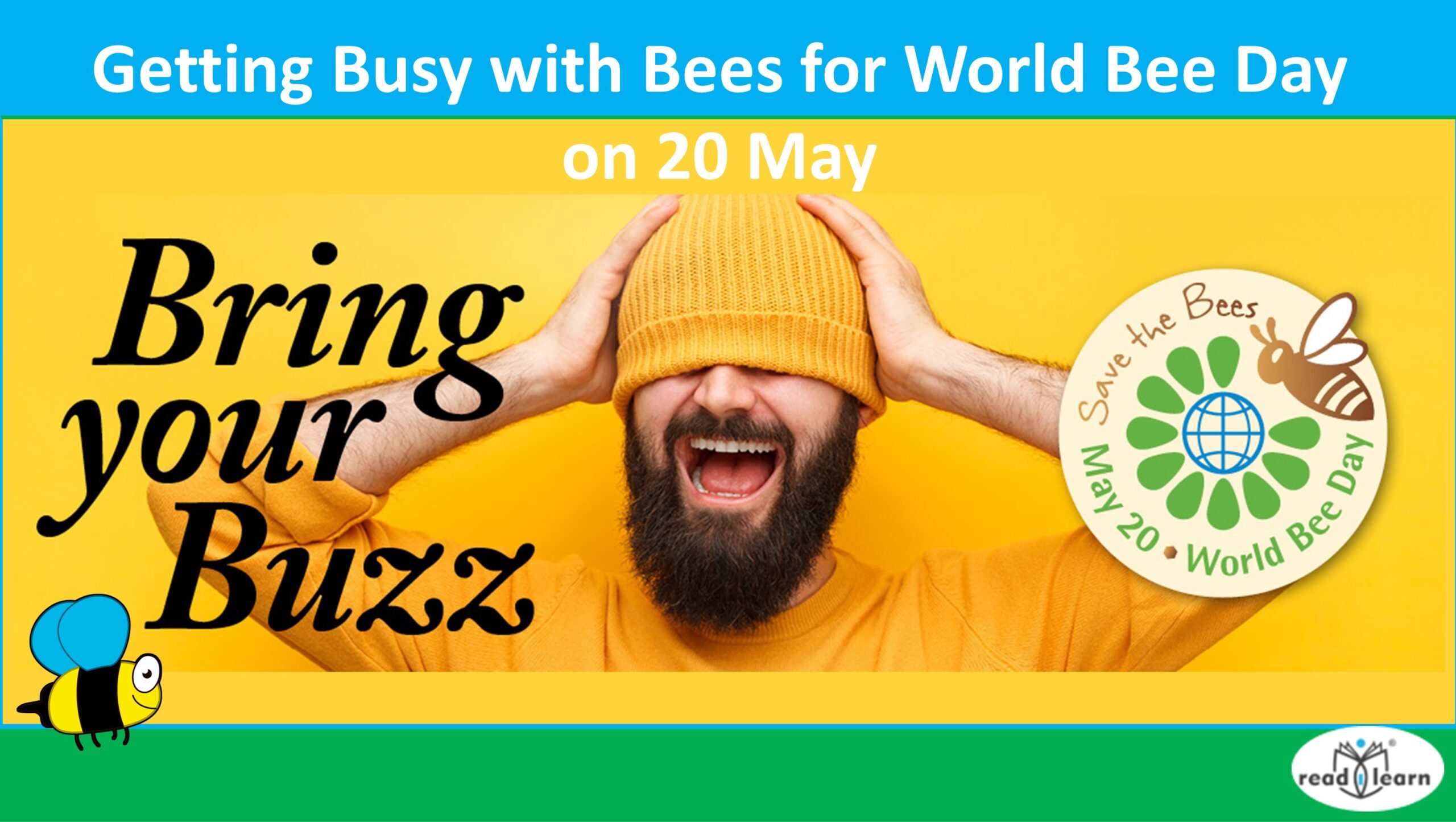Next Saturday is World Bee Day, so now is the perfect time to get busy learning about bees and celebrating these wonderful pollinators upon whom we are so dependent.
The website has a lot of useful information, advice and many resources to assist you in getting involved, including a fun waggle dance challenge you and your children will enjoy. The video will get you all waggling.
Here at readilearn, we also have many bee resources to support your teaching, including:
Honey bees ebook

The non-fiction Honey bees ebook includes information about the external features of honey bees and their life stages.
It is also a useful tool for teaching and revising features of non-fiction texts, including the contents page, glossary, index, headings and labels.
As with all non-fiction texts, it is not necessary to read the entire book in one sitting or to read the pages in order. Navigate through the book to teach salient features using the menu bar, or proceed through the book using the Next and Previous buttons.
Honey bees Interactive

Honey bees – Interactive is designed as a follow-up activity to the non-fiction resource Honey bees – ebook.
In this version, a Bee Witch, jealous of attention given to the honey bees, has tried her hardest to ruin the book. To repair the damage, children are required to activate and employ their knowledge of honey bees and non-fiction text structure developed through use of the Honey bees – ebook.
Both resources are designed for use in the science program when children are learning about living things, especially insects and minibeasts. The text includes information about features of honey bees and their life stages.
They also have application in the literacy program when children are learning about features of non-fiction texts, including the contents page, glossary, index, headings and labels.
As for the ebook, it is not necessary to repair the entire book in one sitting . It may be best to repair just one page in each session.
Busy Bee Welcome resources for Day one

Busy Bee Welcome resources for Day one is a collection of ten resources for establishing a bee-themed classroom in one easy-to-download zip folder, including:
- Free teaching ideas: Getting ready for the first day with Busy Bee resources
- Busy Bee Welcome letter template
- Busy Bee Welcome sign
- Busy Bee Desk name template
- Busy Bee Name badge template
- Busy Bee Who is here? – chart heading
- Busy Bee Find your name – poster
- Busy Bee Name card template
- Busy Bee I am . . . first day of school worksheet
- Busy Bee Birthday chart
Busy Bees alphabet of positive adjectives

Busy Bees ABC of Positive Adjectives is a list of positive adjectives that children can use to describe themselves and each other or to use in their writing. Each letter of the alphabet has its own colourful poster and list of adjectives.
Print each poster on its own page and display in the classroom in alphabetical order as a reference for writing and learning the alphabet.
The words on each poster are arranged in alphabetical order to assist with learning alphabetical order and dictionary skills.
Children may also use the list as a reference when writing messages to each other for their friendship trees.
Busy Bees 100 chart

The Busy Bees 100 chart is designed for use on the interactive whiteboard for counting practice and activities developing understanding of numbers to 100. It can also be used to support Busy Bees celebrate 100 days of school.
Bees Bees and Insect Subitising — 1 – 6

Subitising is an important skill. Use Bees Bees and Insect Subitising — 1 – 6 to develop children’s ability to subitise numbers 1 — 6. The numbers 1 – 6 are presented in random order and each in five different combinations.
Draw a bee game

Draw a bee game is simple dice game that can be used to help reinforce knowledge of bee anatomy. It is great for science or maths groups, or just as a fun activity.
The game is presented in two versions.
Draw a bee #1 is a quicker and easier version. It could be completed by a child in six rolls. When children roll a number, they draw all the matching parts; for example, if they roll a 4, they draw all four wings. The only proviso is that they must roll a 3 to start with the three body parts, to which the other features are added.
Draw a bee #2 takes more time and rolls. As the correct number must be rolled for each individual body part, it will take a minimum of 21 rolls for each player.
Choose the version that suits the ages of your children and your time allocation best.

For these and other minibeast-themed resources check out what’s available in the Science Biology collection or type ‘bees’ in the website search bar to find more bee resources.



